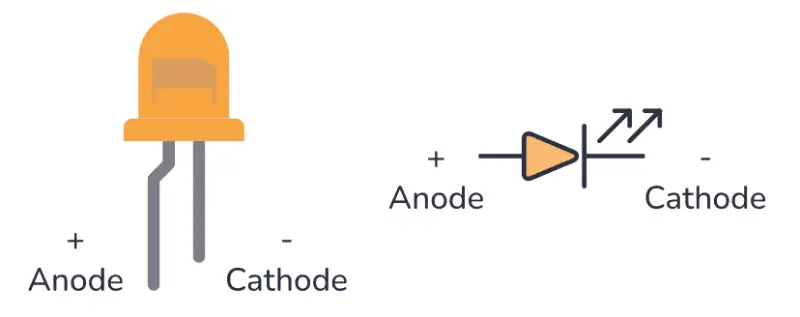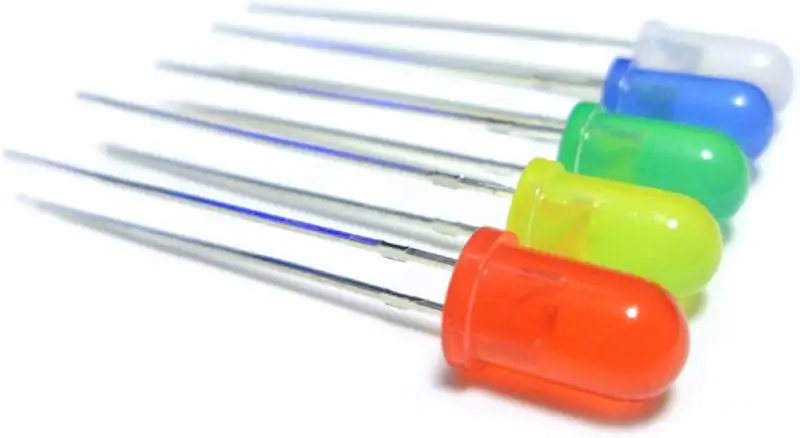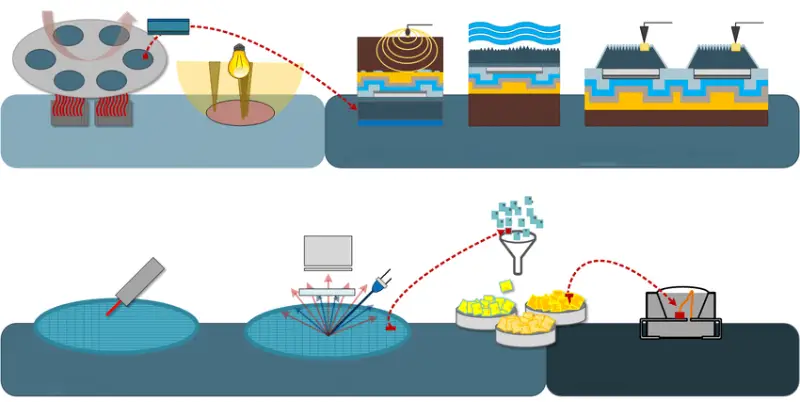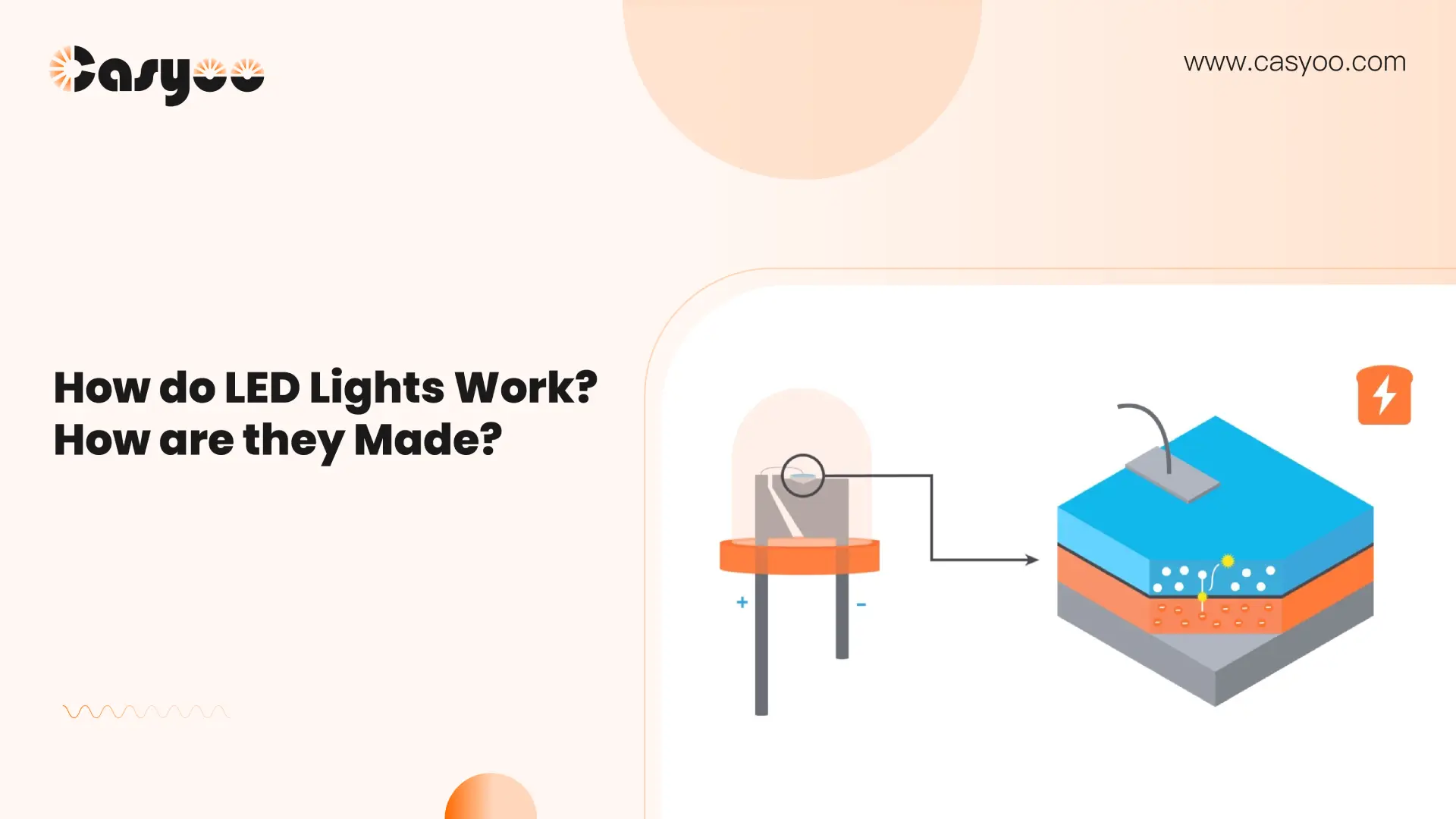The vast majority of lighting fixtures we see in our daily lives now have LED lights inside, and more and more other lighting systems are gradually being replaced by LEDs. LED lights have also become an important part of our daily lives, such as led street light, Building lighting, but do you really understand LED lights and their luminous principles? Let’s explore together below.
What is LED?

LED (Light Emitting Diode) is a semiconductor component that can convert electrical energy into light energy. The core component of LED is a semiconductor material that can emit light, which is encapsulated on a lead frame.
How do LED Lights Work?
The main principles of LED light emission are the transistor effect and emission radiation effect. By adding a forward voltage at both ends of the LED, the transistor effect and emission radiation effect occur during the process of electron migration, converting electrical energy into light energy.
Transistor effect
The core of LED is composed of semiconductor materials, and the most commonly used semiconductor materials are gallium arsenide and arsenic nitride. Special impurities are added to these semiconductor materials, resulting in the formation of N-type and P-type regions inside the semiconductors. The junction between N-type and P-type regions forms a P-N junction. When a forward current is added to both ends of the LED, electrons transfer from the N-type region to the P-type region, and holes transfer from the P-type region to the N-type region. When electrons and holes meet at the P-N junction, recombination occurs, and the energy of electrons is released in the form of light, producing light
Emission radiation effect
During the process of LED light emission, radiation is generated. When electrons move from the N-type region to the P-type region, they pass through the P-N junction. Due to the special structure of the P-N junction and the band structure of the material, the energy level of the electrons decreases, forming a band difference. The energy level of the electrons decreases, and the kinetic energy decreases. The energy level difference of the electrons will radiate in the form of photons, emitting light.
The main raw materials for LED lights

Since the invention of LED, people have been studying it, and a large number of semiconductor materials have been discovered. LEDs using different materials also emit different colors of light.
Gallium Arsenide (GaAs)
Gallium arsenide is a commonly used semiconductor material for manufacturing red, red orange, orange yellow, and yellow LEDs. Gallium arsenide is a compound composed of gallium and arsenic elements, which has good electrical conductivity and luminescent properties.
Phosphorus arsenide (GaP)
Phosphorus arsenide is a commonly used semiconductor material for manufacturing red and yellow LEDs. Phosphorus arsenide is also a compound composed of gallium and phosphorus elements, which has high stability and reliability.
Nitrogen arsenide (GaN)
Arsenide is a commonly used semiconductor material for manufacturing blue and green LEDs. Arsenide is a compound composed of gallium and nitrogen elements, characterized by a wide energy gap and high electron mobility.
Silicide
Silicide is a commonly used semiconductor material for manufacturing blue, green, and white LEDs. Silicides are compounds composed of silicon and other metallic elements such as aluminum, nitrogen, phosphorus, etc., which have excellent electrical and optical properties.
Aluminum nitride (AlN)
Aluminum nitride is a commonly used material for manufacturing substrates for blue, green, and white LEDs. Aluminum nitride has excellent thermal conductivity and mechanical properties, which can improve the luminous efficiency and service life of LEDs.
Silicon (Si)
Silicon is a commonly used material for manufacturing support structures and packaging materials for lighting LEDs. Silicon has excellent high temperature resistance and mechanical strength, which can protect LED chips and provide stable support.
Aluminum phosphide (AlP)
Aluminum phosphide is a commonly used material for manufacturing substrates for blue and white LEDs. Aluminum phosphide has high light transmittance and low thermal conductivity, which can improve the luminous efficiency of LEDs.
Metal
Metal is a commonly used material in the LED packaging process, used to manufacture components such as LED leads, heat dissipation plates, and casings. Common metal materials include copper, aluminum, and nickel, which have good electrical and thermal conductivity.
The manufacturing process of raw materials for LED lights

Growth substrate
The manufacturing process of LED lights usually starts from the growth substrate. The growth substrate can be prepared by methods such as melting and vapor deposition to provide high-quality substrate materials.
Substrate surface treatment
Surface treatment on growth substrates typically involves processes such as removing impurities and oxides to improve the quality and efficiency of LED chips.
Material epitaxy
Material epitaxy refers to the growth of another layer of semiconductor material on a growth substrate after surface treatment to form the structure of LED chips. The epitaxial process usually uses techniques such as chemical vapor deposition (CVD) or molecular beam epitaxy (MBE).
Preparation of electrodes
After completing the material epitaxy, electrodes need to be prepared on the LED chip to provide current transfer and light radiation. Electrodes are usually prepared by methods such as metal film deposition and electroplating.
Solid crystal
After preparing the electrodes, it is necessary to solidify the LED chip on the substrate to provide stable support and protection. Solidification is usually carried out using adhesives or welding techniques.
encapsulation
After the solidification is completed, the LED chip needs to be packaged to protect and integrate the chip. Encapsulation includes processes such as bracket installation, cable connection, and epoxy resin encapsulation.
Testing and packaging
After the packaging process is completed, it is necessary to perform functional and quality testing on the LED lights to ensure their performance and reliability. Through good testing and packaging, the quality and service life of LED lights can be guaranteed.




